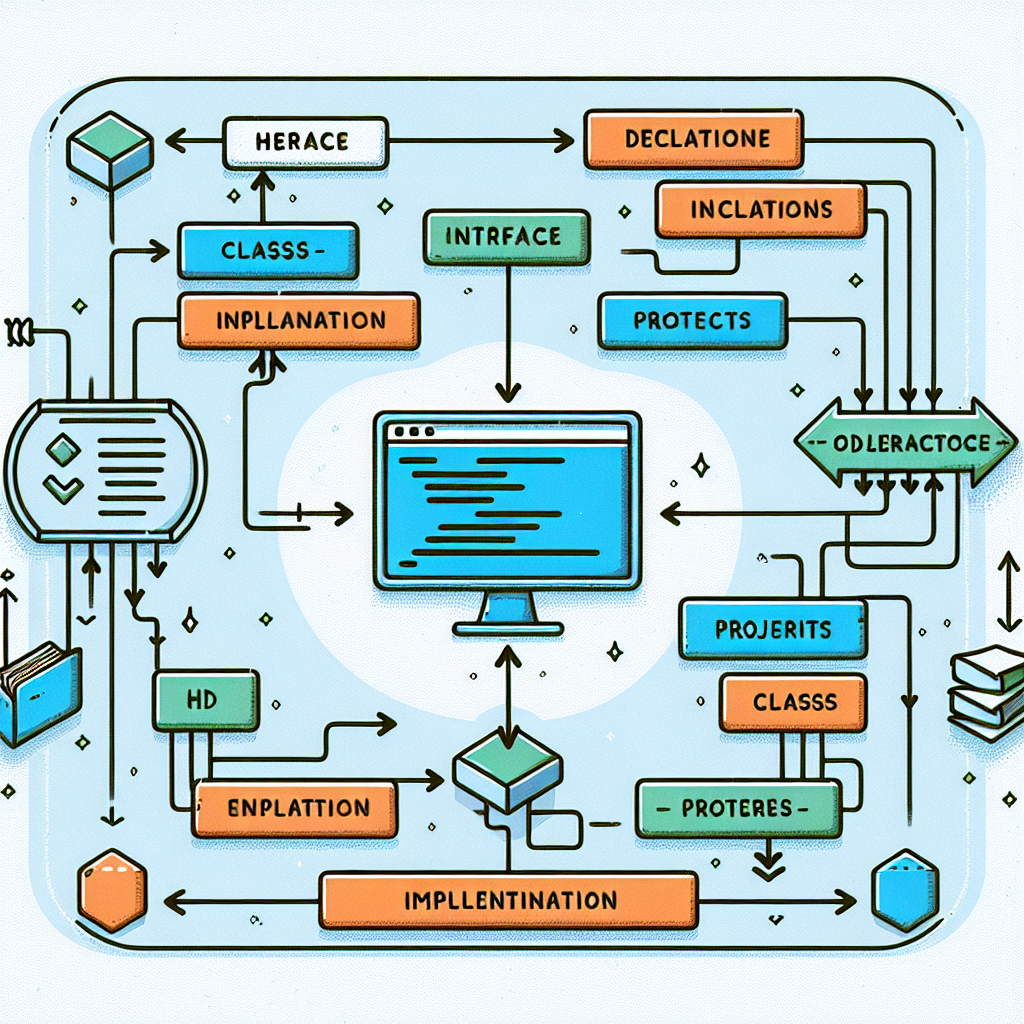How to Be a Good Consultant?

I worked as a Software Engineer for a major Australian technology firm. While I am bright, skilled, and dedicated, these qualities alone are not sufficient to make one a successful consultant. Fortunately, after consulting with an experienced coach, I've come up with some insightful tips. Here are the three levels of consulting expertise I've learned:
1st Level
At the basic level, you possess a particular skill that you know better than others. For instance, I specialized in JavaScript front-end development and knew more about it than the employees at my client's company, which happened to be the world's largest gaming company. They sought your services because of the unique skills you can offer. However, this level of work isn't ideal for you in the long term. Mistakes will occur, making it challenging to maintain a professional first impression. Over time, you'll become indistinguishable from the millions of other individuals with similar skills. Your contribution becomes limited, and there's a narrow gap between what the client pays you and the value you deliver.
2nd Level
At the senior level, you offer significant value to clients by leveraging multiple skill sets. Remember, we're humans, not machines; we should all possess diverse talents. Drawing from your previous client experiences, you can provide a unique perspective on current challenges, setting you apart from the client's in-house team. You understand what works and what doesn't, what the client likes or dislikes, and what both the client and consulting firm genuinely need. Cultural awareness can go a long way in building trust.
3rd Level
At the highest level, you serve as a trusted advisor, akin to a king's confidant. Even if the king may not like hearing the truth, it's your responsibility to tell him. Should anything go awry, you will be held accountable from the client's perspective, as people are unlikely to blame themselves or admit they were wrong. You don't have to personally like the client, but you must care about them. Understand their motivations and recommend what's genuinely best for the company with compassion. Love may be a strong word, but it helps humanize your business approach. Your focus isn't solely on your success; you're concerned about the client's success as well. When the client wins, you win.
Final Thoughts
Reaching the highest level of consulting expertise is challenging. To establish a win-win situation, you must continuously learn and offer high-value skills to your client, your consulting firm, and yourself. It won't be easy and will require years of dedication, but these guidelines will serve as valuable markers on your consulting journey.


